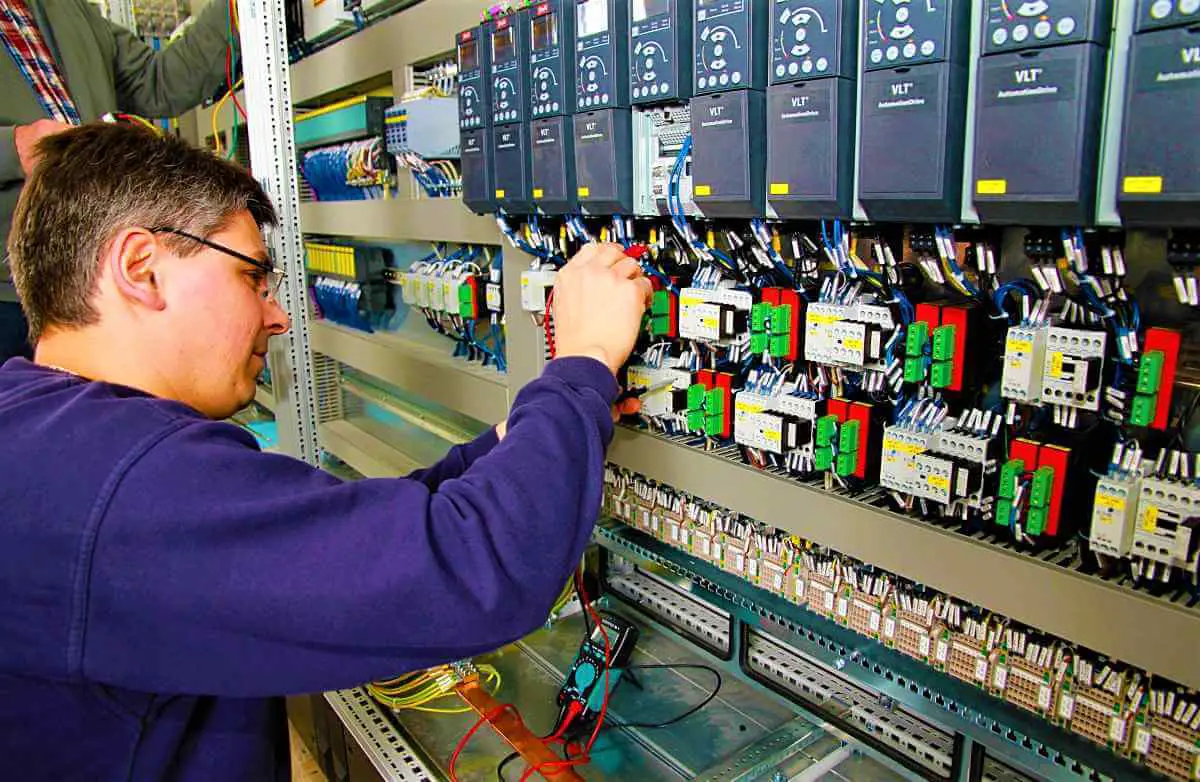

#Digital works circuits full#
These microcontrollers use digital circuits that take full advantage of the fact that, unlike analog signals, digital signals do not lose information during transmission and playback. Today’s powerful microcontrollers are capable of rapidly processing large volumes of digital information.

#Digital works circuits series#
This error can be reduced, however, by shortening the interval between measurements, and by using more precise (that is, longer bit-length) digital values.īut what’s the point of converting a smooth analog signal into a jumpy and imprecise series of numbers? There are at least two advantages: digital signals are much more resistant to noise and, because modern computers work with digital values only. And since the converter reads the analog signal at a specific interval only, it loses the analog information that exists between these intervals.Īs a result, digital values are only an approximation of the analog signal and always contain conversion error. Each analog reading must be rounded up or down to the nearest digital value. Since the converter is changing an analog signal that can take any fractional value into a digital signal that can take discrete values only, some information will be lost. An analog/digital (A/D) converter samples the analog signal (reads the value at a set time interval), and converts each reading into a corresponding binary number (a base 2 value, expressed in 0’s and 1’s). To input nature’s analog information into digital circuits, it is first necessary to digitize the information: that is, to convert the analog signal into a digital signal. Product Change Notifications (PCN) Search.Renesas Ready Partner Network (Software).Communication & Computing Infrastructure.Multi-Channel Power Management ICs (PMICs).



 0 kommentar(er)
0 kommentar(er)
